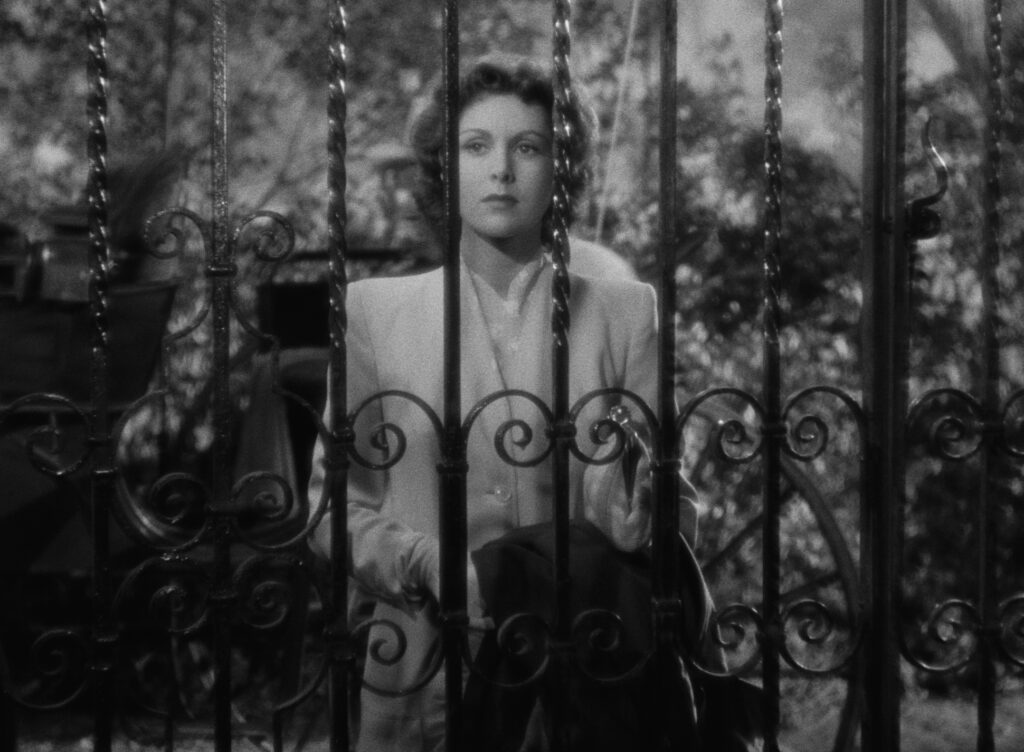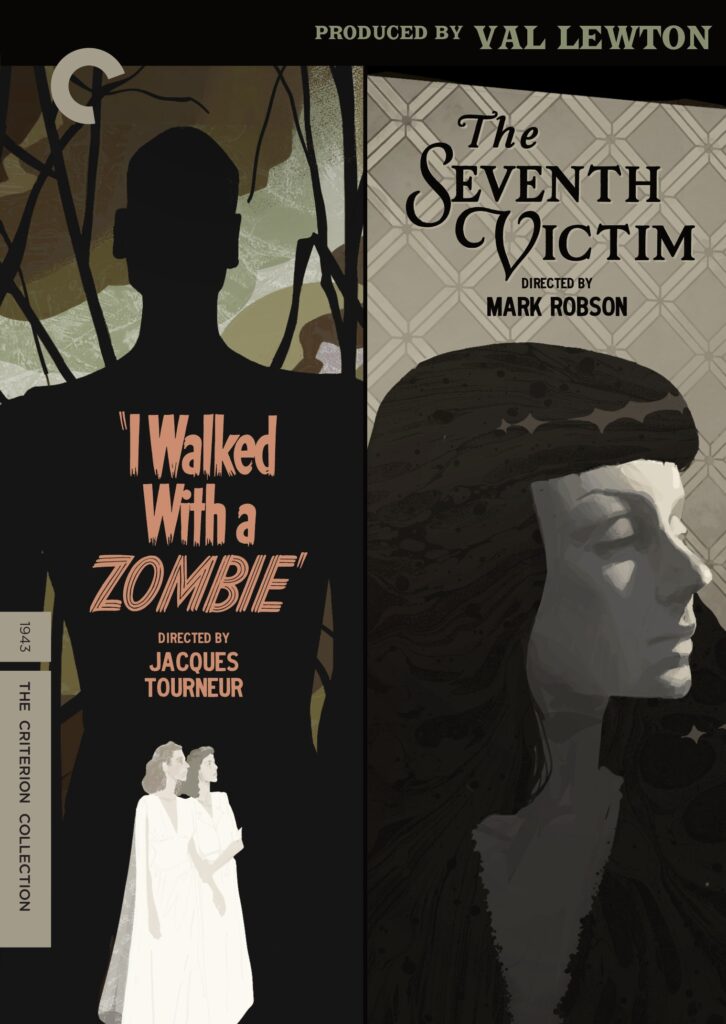New on Blu-Ray, Two ‘Tantalizing Dreams of Death’ Spawned Under the Auspices of Producer Val Lewton
The Criterion Collection releases ‘I Walked With a Zombie’ (1943), which is a far cry from the current crop of undead fare, and ‘The Seventh Victim’ (1943), a meandering story about devil worshippers that is an unholy mess.

Born Volodymyr Ivanovich Leventon at Yalta, the film producer Val Lewton (1904-51) had many accomplishments to brag about and some that were kept on the downlow. As a 20-something writer, he penned a notorious erotic pulp novel, “Grushenka: Three Times a Woman.” As a 30-something producer at MGM, Lewton purportedly advised his boss, David O. Selznick, that it was impossible to adapt Margaret Mitchell’s novel, “Gone With the Wind,” for the movies — that Selznick, in so many words, should forget about it.
As things worked out, “Grushenka” was published anonymously — the book is a sought-after collectible, I gather, amongst bibliophiles with a taste for sadomasochism. As for Selznick, he paid no mind to his ward vis-a-vis Scarlett O’Hara and company. Lewton was worth keeping on, though, being a capable PR man and screenwriter.
He proved his cinematic mettle by orchestrating several crowd scenes in “A Tale of Two Cities” (1935). Seeing how things fell out, Lewton went ahead and suggested that the Battle of Atlanta scene in “Gone With the Wind” could, contrary to the opinion of MGM penny-pinchers, be filmed. To Lewton’s shock, Selznick agreed. The rest is movie history.
Lewton’s reward was being made head of RKO’s horror movie unit. He was given a free hand, with three — and only three — stipulations: The pictures had to come in under their modest budgets; they couldn’t extend beyond 75 minutes; and they had to conform to titles assigned from on-high. The first of such? “Cat People” (1942).

For a measly $135,000 — well, measly by Hollywood standards — “Cat People” turned a neat profit. The story of a beautiful woman plagued by a medieval curse was RKO’s top moneymaker for the year. Lewton set out on a successful career path that was marked by a distinct aesthetic: the privileging of atmosphere and suggestion, on a poetic sense of the unreal rather than on monsters per se.
Given the limited budgets of Lewton’s pictures, burgeoning directors like Jacques Tourneur, Mark Robson, and Robert Wise had to stretch their cinematic capabilities to bring the stories to fruition. Reams of copy have been written about Tourneur’s work on “Cat People,” especially a scene in which a young woman is stalked by an unseen creature while swimming in an otherwise unattended pool. Some 80 years later, this finely tuned moment still raises the hairs on one’s arm. It is often scarier to obscure than reveal.
Equally as haunting is a scene in “I Walked With A Zombie” (1943), wherein two women make their way through a field of sugarcane. The wind howls and the light keens. The artifice of the surroundings is blatant, yet the mood is real: Best to tread with caution. Ultimately, our heroines are confronted by the silhouette of a towering, silent figure. This uncanny messenger, compliant if notably disassociated, leads the women to a ceremony being held at a nearby houmfort, or voodoo temple.
The Criterion Collection is releasing a Blu-ray edition of “I Walked With A Zombie” paired with Robson’s “The Seventh Victim” (1943). These pictures, we read, are “tantalizing dreams of death that dare to embrace the darkness.” The package includes the usual assortment of goodies. The author of “In Lost Place: Film Noir Beyond the City,” Imogen Sara Smith, weighs in with her thoughts about Lewton and his crew, as does a “scholar of the demimonde,” Lucy Sante, and a Tourneur expert, Chris Fujiwara. A documentary appreciation by Constantin Nasr, “Shadows in the Dark: the Val Lewton Legacy,” fills out the package.

Did Lewton really aver that “death is good”? That’s the upshot of “The Seventh Victim,” a meandering story about devil worshippers that is, appropriately I suppose, an unholy mess. Kim Hunter, in her screen debut, plays a boarding school innocent who attempts to locate her sister, who has gone missing in the ominous byways of Greenwich Village. The plot, with its constant shuttling of characters and their all-too-convenient alliances, is close to nonsensical though it does contain moments that are unnerving. The glamorously coiffed Jean Brooks is hard to forget, as is the film’s dream-like sense of displacement.
As for “I Walked With A Zombie”: readers who have had it up to here with flesh-eating ghouls should know that Tourneur’s film is a far cry from the current crop of undead fare, being a distant relative of “Jane Eyre” and something approaching a sociological documentary. The slave trade is at the root of the picture, and the folk traditions of a Caribbean island, Saint Sebastian, are accorded a degree of nuance uncommon for the time.
Couple all of that with an air of psychological neurasthenia, and you have one of the more rarified pictures made during the heyday of the studio system. Should you want a lesson in how human truths can be elaborated upon in pulp artforms, go no further than this exemplary package.

